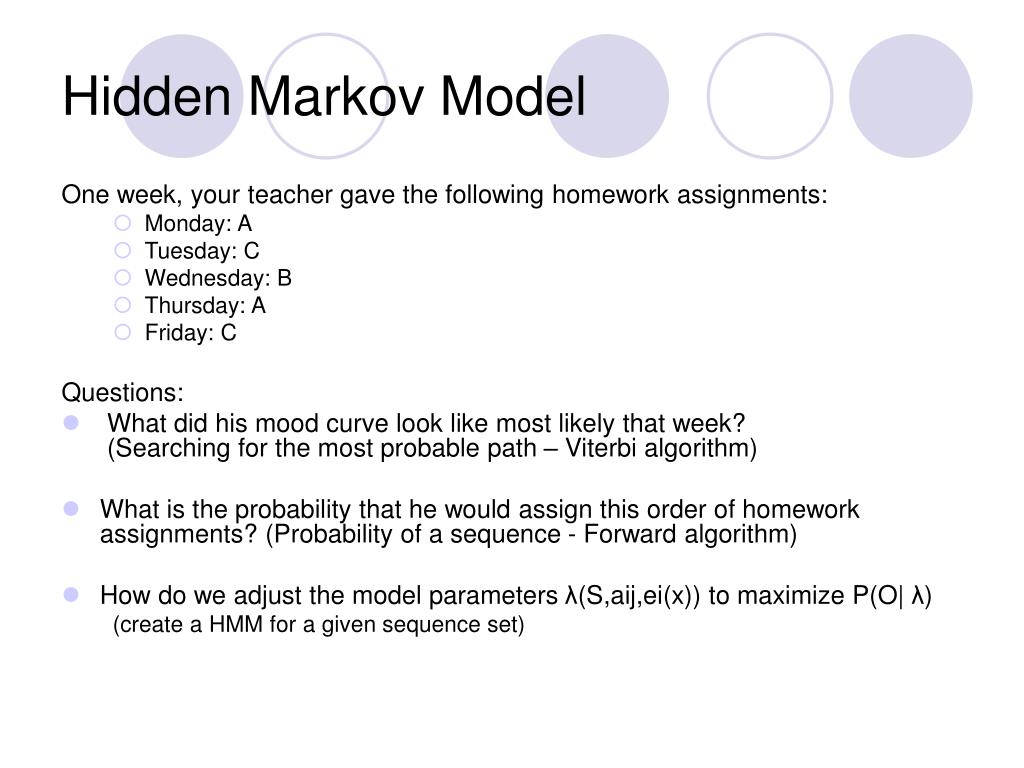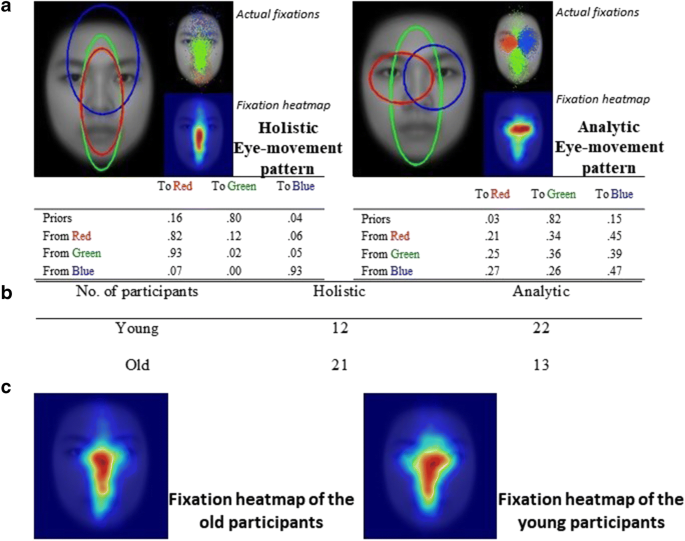

Let’s image that on the 4th of January 2016 we bought one share of Yahoo Inc. Such probabilities can be expressed in 2 dimensions as a state transition probability matrix. For example, we will be asking about the probability of the HMM being in some state given that the previous state was.

Here, by “matter” or “used” we will mean used in conditioning of states’ probabilities. Compare this, for example, with the nth-order HMM where the current and the previous n states are used. It is remarkable that the model that can do so much was originally designed in the 1960-ies! Here we will discuss the 1-st order HMM, where only the current and the previous model states matter. What is the most probable set of states the model was in when generating the sequence? This would be useful for a problem of time-series categorization and clustering.How probable is that this sequence was emitted by this HMM? This would be useful for a problem like credit card fraud detection.Once the HMM is trained, we can give it an unobserved signal sequence and ask: HMM is trained on data that contains an observed sequence of signals (and optionally the corresponding states the signal generator was in when the signals were emitted). BTW, the later applies to many parametric models. And finally we add ‘hidden’, meaning that the source of the signal is never revealed. Then we add “Markov”, which pretty much tells us to forget the distant past. Putting these two together we get a model that mimics a process by cooking-up some parametric form.

A signal model is a model that attempts to describe some process that emits signals.

This short sentence is actually loaded with insight! A statistical model estimates parameters like mean and variance and class probability ratios from the data and uses these parameters to mimic what is going on in the data. In part 2 I will demonstrate one way to implement the HMM and we will test the model by using it to predict the Yahoo stock price!Ī Hidden Markov Model (HMM) is a statistical signal model. I will motivate the three main algorithms with an example of modeling stock price time-series. Part 1 will provide the background to the discrete HMMs. What is a Hidden Markov Model and why is it hiding? Can you see me? This tutorial is on a Hidden Markov Model.


 0 kommentar(er)
0 kommentar(er)
